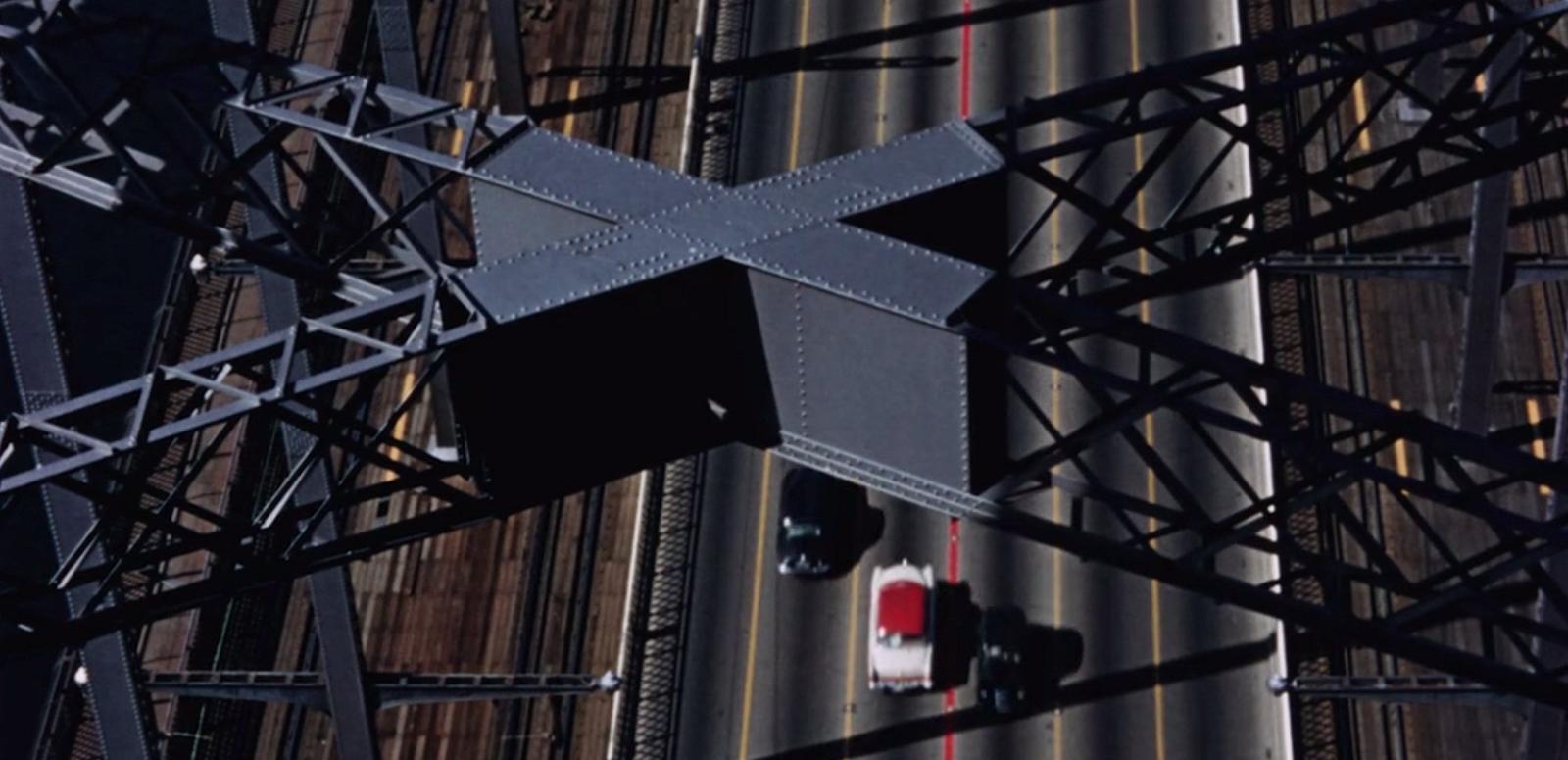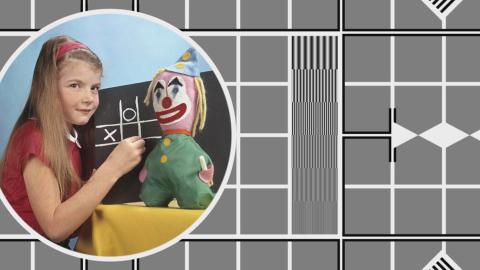

World Television Day 2017
This year, we're marking the 21st anniversary of World Television Day on 21 November by sharing two recent ‘finds’ in the NFSA’s vast television collection, of both Australian and international significance.
World Television Day was inaugurated by the United Nations General Assembly in 1996 in recognition of television's global impact and effect on public opinion.
Australian Walkabout
Australian Walkabout stands as a television landmark; the first Australian-made television series to be produced in colour. Also known as Walkabout, it was first broadcast locally on ABC TV, premiering to Sydney audiences on 31 August 1958. The series debuted in Britain on BBC TV on 4 October 1958, reportedly pulling in an audience of seven million.
In these excerpts from the first episode, filmmakers Charles and Elsa Chauvel introduce the series and embark on their journey:
Australian Walkabout Ep. 01 – Sydney (two excerpts), 1958. Courtesy: Richard Chauvel Carlsson. NFSA title: 20014
Following three decades of involvement in the Australian film industry, husband and wife Charles and Elsa Chauvel transferred their talents to the burgeoning medium of television. In 1955, while in London completing their ambitious feature Jedda (1955), the Chauvels were asked by the BBC to produce a documentary travelogue of the Australian interior for British TV audiences. Accepting the challenge, and with a working series title of This Is Australia, the duo and a small crew set off from Sydney on a 9000 mile (15,000 km) adventure diagonally up the country.
On location from April to September 1956, a gargantuan 54,000 feet of 16mm colour film was compiled; such a filmed inland journey of the country had never before been attempted. The result was Australian Walkabout, a 13-episode half-hour travel series, highlighting the people, places and wildlife the Chauvels encountered. 'I feel it is the greatest opportunity I have ever had to publicise our country', Charles Chauvel told the Sydney Sunday Mail (21 April 1956).
Viewer reaction to Australian Walkabout in Australia and the UK was positive, with repeat screenings following, though the BBC’s decision to initially schedule the series after 11 pm on Saturday nights led to some complaints. Though produced in colour, episodes were first viewed in black-and-white, since colour transmission was still years away for both countries.
This was the Chauvels’ final completed production. Further feature films and a plan to undertake a similar travel series in the South Pacific went unfulfilled, given Charles Chauvel’s untimely passing at age 62, in November 1959.
The NFSA is ensuring the digital preservation of the complete series by scanning the 16mm colour film prints. The whereabouts of the series’ complete original 16mm film components, sent to the UK in 1958, are presently unknown.
No Hiding Place
This clip is from a 1960 episode of landmark British police drama No Hiding Place. Only 20 complete episodes of the 236 episodes produced were known to survive until the discovery of 'Two Blind Mice' (Series 2, Episode 5) in the NFSA collection. This clip features a guest appearance by future Doctor Who Patrick Troughton, playing a criminal plotting his escape from prison:
No Hiding Place, Series 2, Episode 5, ‘Two Blind Mice’, 1960. Courtesy: Archbuild Ltd. NFSA title: 548663
No Hiding Place (Associated Rediffusion, UK, 1959-1967) holds an important place in the history of British independent television production. Attracting over seven million viewers at its peak, the series became broadcasting network ITV’s best known 1960s police drama, making household names of its principal cast. Hailed for its authentic portrayal of local law enforcement matters, the show’s success offered the first genuine commercial television resistance to the BBC’s ratings dominance of the popular genre.
Not only seen by British audiences, No Hiding Place was also sold to other territories, including Australia where it was screened nationally on the ABC. First telecast in Sydney on 3 May 1960, it’s unclear for how long new episodes were being purchased by the national broadcaster, though repeats were evident in some schedules by 1961.
‘Two Blind Mice’, episode 25 of the series overall, was first telecast in Britain on 2 June 1960. It is presently the second earliest known surviving episode, and the only extant representation from the show's second series. An enquiry from British Television recovery organisation Kaleidoscope led to the positive identification of the NFSA copy of this episode as indeed being missing back home.
The complete episode will receive its re-premiere at a Kaleidoscope event in Birmingham, England on 2 December 2017, and is slated for inclusion at the 16 December British Film Institute Missing Believed Wiped event. The NFSA has undertaken some audio restoration of the surviving print's magnetic soundtrack to create a newly improved digital broadcast master of the 16mm black-and-white telerecording for these screenings.
With thanks to Richard Chauvel Carlsson, Chris Perry at Kaleidoscope, David Osterley at Archbuild Ltd and Cy Young, BFI ScreenOnline.
The National Film and Sound Archive of Australia acknowledges Australia’s Aboriginal and Torres Strait Islander peoples as the Traditional Custodians of the land on which we work and live and gives respect to their Elders both past and present.


